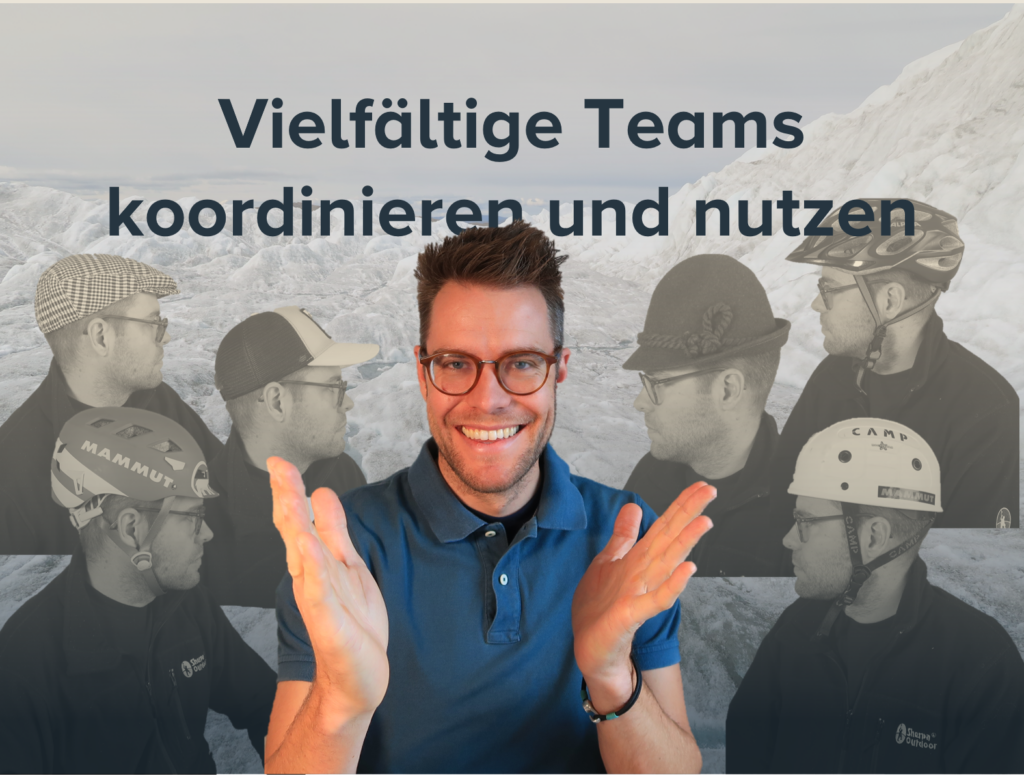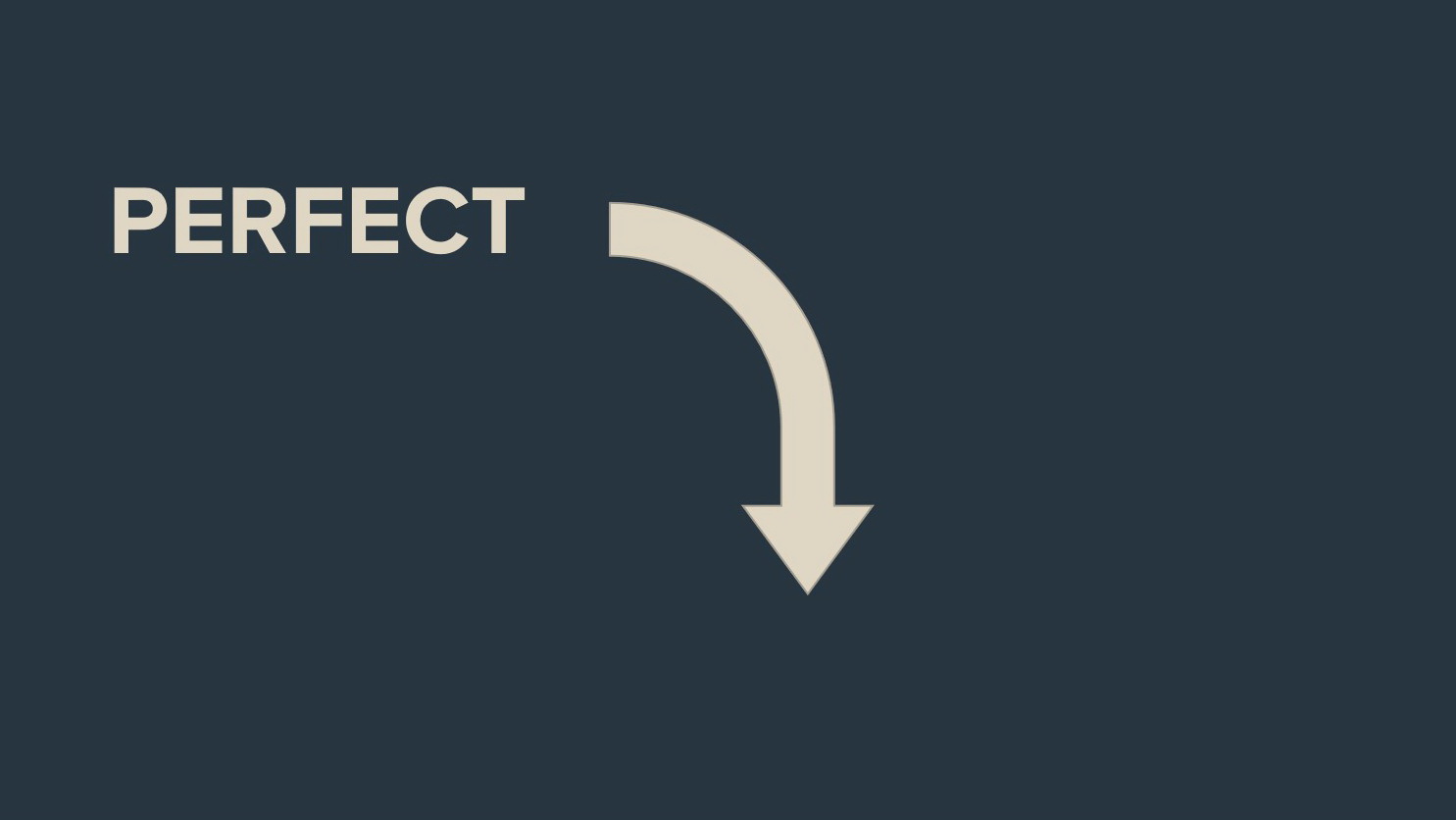According to a studyby Stanford University, 75% of diverse teams do not achieve their project goals. In this article we discuss what you can do about it.
We have seen in a previous blog post what should be considered when working together in a group and how the Team Alignment Map can support. In this article I would like to show that in diverse teams a common understanding of the task and a common language are particularly important and how you can coordinate and use diversity in the teams. In doing so, I draw on my own experience from countless projects and explain what particular emphasis should be placed on.
Inhaltsverzeichnis
What are diverse teams?
Diversityin teams can arise in different ways: due to origin, knowledge, status, education, perspective, language, ideas – the diversity ultimately always shows itself through different perspectives or a different way of thinking and communicating. By this, I mean teams where people work together, who think and communicate in very different ways.
Complex problems require diverse teams
Diverse teams are a reality in many business sectors. The more complex a task, the more different disciplines are needed to solve it. I come from a technical and scientific background and have worked in or led over 10 innovation projects. Depending on the project, different natural sciences or engineering disciplines and technicians from different fields were represented in these teams, which took care of the construction and operation of the experimental facilities and the technical solution. Then, before the market launch, product managers, project managers, designers, purchasing, marketing specialists, managers, etc. joined in, each with a different understanding of the same issue and bringing their requirements and perspectives to the table. And the people not only differ in their education and function, but they all have their own background, experience, ideas and language. All these factors influence the view of a particular issue (see constructivism).
Such teams can be found in many places. And studies show that diverse teams are good for complex and dynamic tasks. According to other studies, the diversity of knowledge in such teams is often not fully utilised. So if these teams are not managed well, the diversity makes collaboration and decision-making more difficult in particular.
75% of interdisciplinary teams are dysfunctional.
Behnam Tabrizi
Behnam Tabrizi of Stanford University studied 95 teams in large industrial companies and found that 75% of these teams are dysfunctional. For him, this means that the teams meet at least one of the three project objectives: Content (own specification or customer expectation), cost, time or the project does not match the company’s goals.
According to this research, teams often fail because of silo thinking within the teams. The teams do not work well together, optimise the requirements of their own function and do not understand each other properly.

How to use diversity in teams?
How can you make better use of this diversity in teams and achieve project goals more reliably?
We have already talked about the success factors of teamwork in a separate blog post. It is important that all persons develop and maintain a common understanding of the work together. Alongside this, it is also important to create a supportive environment for group processes so that decisions can be made, conflicts resolved and mistakes and obstacles discussed.
Create a common understanding of the project
A common understanding of the project, possible solutions and the contributions of the individual team members is even more important in more complex projects with different stakeholders, but also more time-consuming. So you have to invest more time, especially in the initial phase. It can also be seen as an advantage that people with different backgrounds often interpret goals and approaches in a project differently (Harvard Business Review article). For example, in some cultures the quality of the result is valued very highly, while in other cultures the costs are much more important. And this different interpretation needs to be discussed and aligned before the project starts.
I have always had very good experiences with visually representing the task or problem and the solution to improve understanding. There are endless models and tools that support this purpose and allow a situation to be represented graphically. It is also possible to develop your own. It is important that everyone understands the model or representation. Especially if certain people are already familiar with a tool, one often goes too fast. But it is worth investing this time as team building: To understand the common mission, the situation and the common goal. Accordingly, this is also the first step in methods such as systems engineering or design thinking (blog post). With a visual representation, you have a common language and a common understanding for the further course of the project. Because English is not yet enough as a common language for diverse teams.
For structuring the actual work, planning and good coordination, the Team Alignment Map by Strategyzer can be used again (blog post). It is very important in every project to understand: What are the other people doing, how does my contribution fit into this project, what are the interfaces?
According to Tabrizi, the successful cross-functional projects have had the following characteristics:
- A project leader who is responsible from beginning to end across all functions. Even if different people from the same hierarchy work together, there is still one person who is responsible for the final result.
- Roles and deputies clearly defined. The deputies are important when people are absent.
- Goals of the project, resources and end clearly defined
- Project success as the main goal of all involved: different functions in a company often have different priorities and try to optimise them. This leads to conflicts. This can be partially prevented if the success of the project is also an official goal of those involved.
- Evaluate projects on an ongoing basis and adjust or stop them if they no longer fit the company’s strategy.
Many of these elements can also be integrated into the Team Alignment Map or simply defined in addition. In each situation, assess whether a point needs to be defined more precisely.
Environment for group processes
In diverse teams, there are by definition diverse perspectives. This also means that group processes such as making decisions, resolving conflicts, discussing problems and obstacles etc. are particularly important and need special attention. I show how this is done in the blog post on teamwork.
Complex problems often require even more trial and error to get a good solution. This means the team needs a special error culture and a good way of dealing with obstacles. Psychological safety is important, team members must not be punished or humiliated for ideas, questions, mistakes, concerns or risks. This can be achieved by giving a positive value to mistakes and new insights.
It is not about being nice to each other, lowering the standard or expectations of the solution, but about dealing with ideas and mistakes in a positive way.
Amy Edmondson
Most people’s desire for conformity works against this requirement. Many people do not like to express a new or different opinion from the dominant one. As a result, diversity is often not used. It helps to think about this issue right at the beginning of a collaboration. There are tools to gather different perspectives and opinions and build consensus. Moderation can also help here again.
In addition, I have often experienced how prejudices towards other functions, disciplines or cultures existed at the beginning of a cooperation. All team members should have a positive attitude towards diversity. This can be achieved with trainings in which one experiences the other culture. I personally have also had very good experiences with personality tests such as 16personalities.com. They also help to strengthen the understanding of diversity.
How are things in your team?
What is the common understanding of the task in your team, do the team members perceive the processes as supportive and what is the attitude of the people towards diversity in the team? You can analyse these and many other essential questions for efficient and successful cooperation in diverse teams free of charge and online with the evores compass. Different team members anonymously fill out a questionnaire and you will receive a lot of very valuable insights into the current state of cooperation and possible ways of optimising it. Register your team right now for the free evores compass and experience how easy it is to make cooperation and team culture tangible.

Teamkultur und Zusammenarbeit sichtbar machen
If you spend a lot of time working in interdisciplinary and international teams, this article will interest you. Because international teams have some special features.
More information
- all information on the evores compass
- Blog post Teamwork
- Study by Behnam Tabrizi: https://hbr.org/2015/06/75-of-cross-functional-teams-are-dysfunctional
- Interesting Book on Teamwork: Mastrogiacomo, S., & Osterwalder, A. (2021). High-Impact Tools for Teams. Hoboken: John Wiley & Sons.
- Great article in the Harvard Business Review on teamwork: HBR – The Secret of Great Teamwork
-
Ihr Unternehmenszweck zieht Mitarbeitende an
Mitarbeitende sind die Grundlage für den Erfolg Ihres Unternehmens. Die Bestimmung oder der Unternehmenszweck Ihres Unternehmens zieht Mitarbeitende an. Sie können damit auch neue Mitarbeiter gewinnen und bestehende Mitarbeitende halten. Hier finden Sie einige Fakten über die Bedeutung des Unternehmenszwecks für die Mitarbeitenden und 6 Tipps, wie Sie es richtig umsetzen. Inhaltsverzeichnis Unternehmenszweck und Sinn…
-
The art: Perfection is achieved, when there is nothing left to take away
I have the taste of a special dish from Morocco in my mind: a sweet, cinnamony onion sauce served with couscous. I haven’t been to Morocco for several years, but last week I tried to recreate the sauce from memory. The first attempt was an absolute failure: I created a watery bechamel sauce with a…
On the author

Claudio Lehmann is founder and consultant at evores. As an engineer and management consultant, he is fully committed to making the existing potential in companies visible and utilising it. Long-term sustainability starts with motivated employees and goes through efficient collaboration to the innovative strategy of companies that bring value to society. People. Planet. Profit.
Get in contact with me!
Article keywords
Feedback / Experience
How do you like the article? What is your experience in that field? What would you like to share and what subjects are you interested in?
Summary Feedbacks
Feedbacks
There are no reviews yet. Be the first one to write one.

